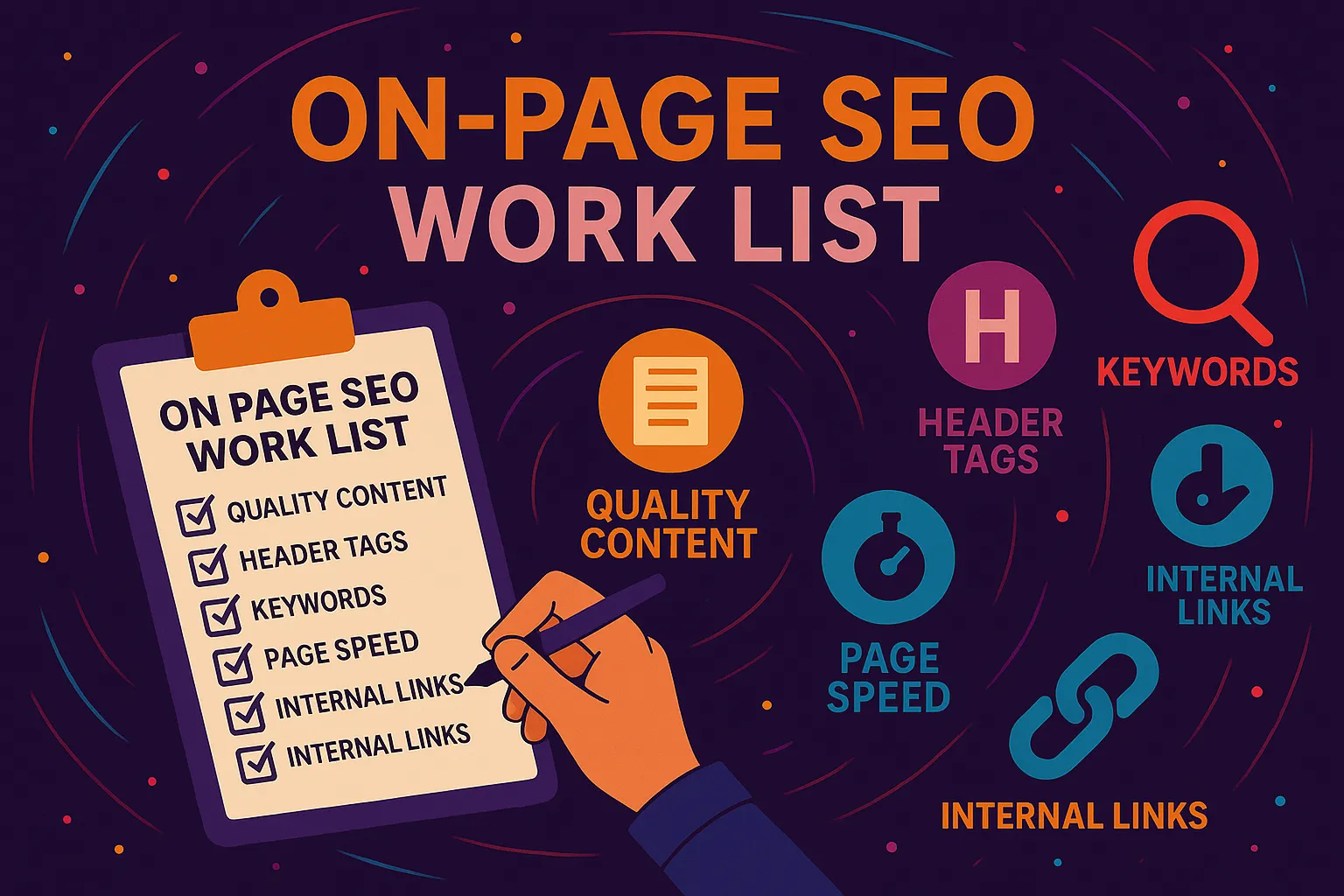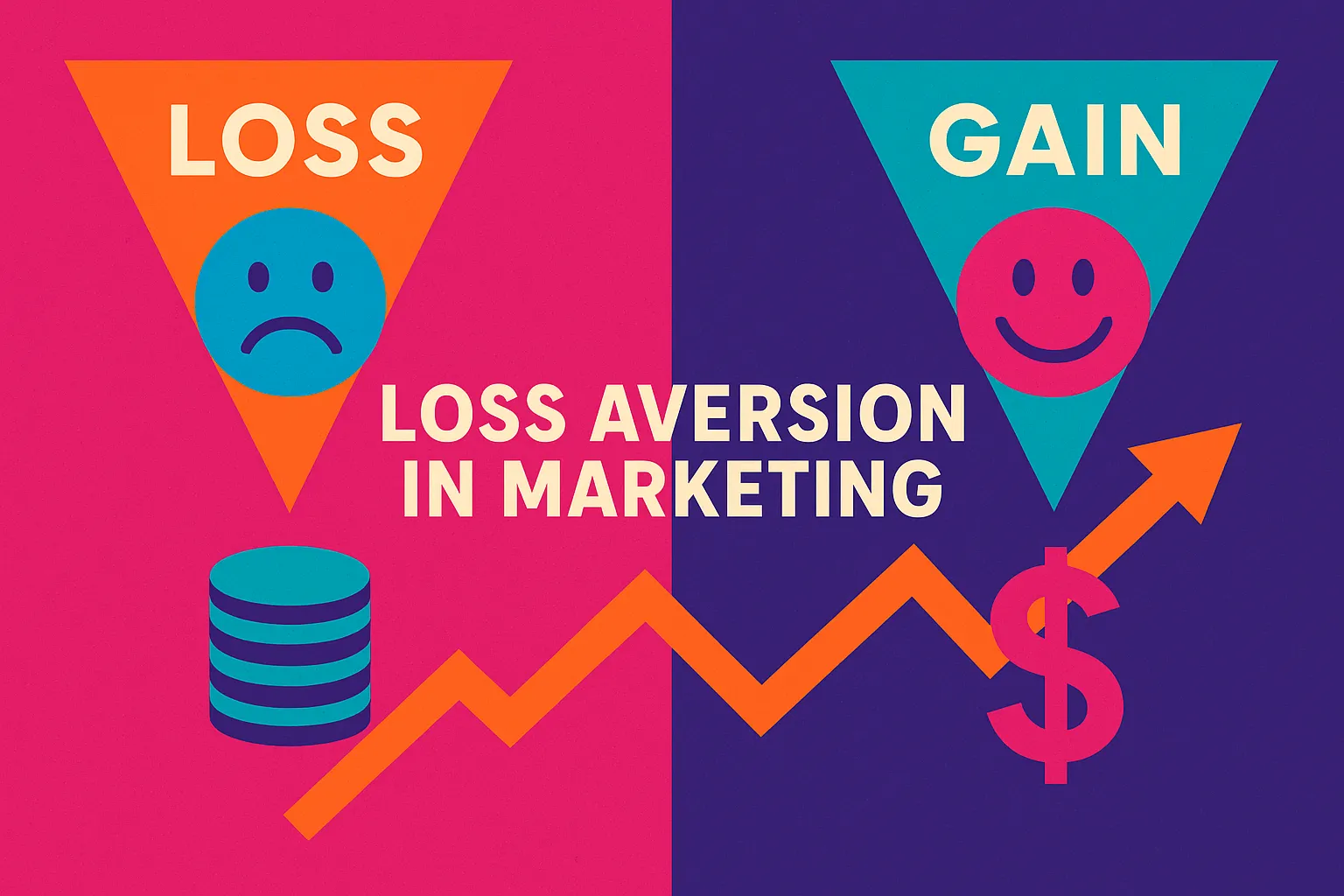What Is a Technical SEO Review?
Let’s keep this simple. A technical SEO review is like a health check-up for your website.
Just like you wouldn’t ignore engine trouble in your car, you shouldn’t ignore performance issues on your website. As the CEO of a digital marketing company with over 10 years of hands-on experience, I’ve seen firsthand how a site can look beautiful on the outside but have serious issues under the hood.
This review digs into the nuts and bolts—the code, speed, structure, and functionality that Google bots depend on. If your site isn’t technically sound, even the best content in the world won’t rank.
At Vibe Branding, we perform technical SEO reviews before we do anything else on a new client website. Why?
Because if your site isn’t crawlable or indexable, you’re invisible to search engines. It doesn’t matter how great your branding is—if Google can’t find you, your audience can’t either.
TL;DR – What You’ll Learn in This Guide
- What a technical SEO review is and why it matters.
- The most important parts of a website to review.
- How often you should audit your site for technical issues.
- The tools we use at Vibe Branding to get accurate SEO data.
- Common issues we see (and fix) during reviews.
- How to prioritize problems so you get results faster.
- What goes in a real technical SEO review report.
- Why you should never ignore technical SEO.
The Key Components of a Technical SEO Review
When we run a technical SEO review, we always focus on five main areas. First is crawlability. This checks if search engine bots can access your pages or if they’re being blocked by something like a robots.txt file or missing sitemap.
Second, we look at indexation. It’s one thing to be crawled; it’s another to actually get indexed. We look for duplicate content, canonical tag errors, and noindex directives.
Third, we check Core Web Vitals—this is all about speed and user experience. Is your page loading fast enough?
Does the layout shift? Is it mobile responsive?
Fourth, we review your site architecture. Can a user (or a bot) move through your site easily?
Are your URLs clean and structured? Lastly, we inspect technical tags like schema markup, hreflang for international SEO, and even Open Graph data for social sharing.
Here’s a quick breakdown of what we check:
Category | What We Review |
Crawlability | Robots.txt, XML sitemap, broken links |
Indexation | Canonical tags, noindex tags, duplicate pages |
Core Web Vitals | LCP, CLS, INP, site speed |
Site Architecture | URL structure, page depth, internal links |
Technical Tags | Schema, hreflang, meta tags |
Each of these plays a vital role in making your website visible and usable, both to Google and to your audience.

When and How Often to Do a Technical SEO Review
In our experience, a full technical SEO review should be done at least once every six months. However, there are a few situations where you’ll want to run one right away.
If you just launched a new site, changed your CMS, or made a major design update, stop what you’re doing and run that audit. Google might be missing pages, or worse, penalizing you for technical errors you don’t even know exist.
Another red flag is a sudden drop in traffic or rankings. This usually points to a deeper issue, and a technical SEO review is the fastest way to diagnose it.
We also recommend quarterly “mini-audits” to catch issues early, especially if you’re actively blogging or adding new product pages. We treat our clients’ websites like living systems that need routine checkups to stay in top shape.
Our team has a set workflow for this. We start with a crawl using Screaming Frog, double-check Google Search Console, run a Core Web Vitals report via PageSpeed Insights, and finally compare all of that with analytics data.
This gives us a full 360° view of what’s working and what needs work.
The Tools We Use for Technical SEO Reviews
You don’t need 20 tools to run a solid technical SEO review. You just need the right ones.
At Vibe Branding, we use a mix of enterprise and free tools that give us the clearest data. Screaming Frog is our go-to for crawling large websites and identifying broken links, redirects, and meta issues.
Google Search Console is a must for checking how Google sees your site—index coverage, mobile usability, and sitemaps. For Core Web Vitals and site speed, we lean on Lighthouse and Google PageSpeed Insights.
They give us metrics on Largest Contentful Paint (LCP), Cumulative Layout Shift (CLS), and Interaction to Next Paint (INP). These are key to understanding the user experience.
We also pull reports from Ahrefs and Semrush for backlink profiles and audit-grade overviews, especially when competitive benchmarking is needed. Here’s the short list:
- Screaming Frog
- Google Search Console
- Lighthouse/PageSpeed Insights
- Ahrefs
- Semrush
- Ubersuggest (for quick surface checks)
Each of these tools gives us a different lens to view the technical health of a website, and we blend those insights together into one actionable report.
The Most Common Issues We Fix During Reviews
It still surprises me how many technical SEO issues we find on sites that otherwise look perfect. The most common problem?
Broken internal links. These can destroy your crawl flow and confuse search engines.
We also frequently fix incorrect canonical tags, which can result in duplicate content penalties. Missing or misused noindex directives are another one—sometimes important pages are blocked from indexing entirely.
Slow-loading sites are a massive issue, especially since Google prioritizes user experience now more than ever. We see uncompressed images, unused CSS, and outdated plugins dragging load times down.
Poor mobile design also shows up in nearly every audit. Just because a page “shrinks” on mobile doesn’t mean it’s mobile-friendly. The big takeaway?
You could be ranking lower not because of your content, but because your site’s backend is working against you. Fixing these issues gives your SEO the lift it needs without changing a single word of copy.

How We Prioritize Fixes for Maximum Impact
When we hand over a technical SEO review report, we don’t just list problems—we rank them. That’s key.
Not every issue needs to be fixed right away. We use the 80/20 rule: focus on the 20% of issues that will drive 80% of results.
Usually, that means resolving anything affecting crawlability, mobile usability, and site speed first. We also flag “silent killers” like broken schema markup or missing canonical tags.
They don’t always throw errors in your face, but they chip away at your SEO strength over time. After that, we go into quality-of-life improvements: compressing files, optimizing lazy loading, simplifying URL paths, etc.
Each issue is labeled as High, Medium, or Low Priority. We work side-by-side with dev teams to make sure the most urgent problems are addressed first.
This kind of roadmap not only helps your rankings—it helps your entire team stay organized and aligned.
What a Real Technical SEO Review Report Looks Like
Clients often ask, “What exactly will I get?” after we run a technical SEO review. It’s more than a list of errors.
Our report is a blueprint. It includes an executive summary for stakeholders, a breakdown of each section with issue counts, visual screenshots, and a prioritized action plan.
We also include tool screenshots for transparency, so you can see exactly what we saw. We include crawl depth visuals, broken link maps, site speed graphs, and checklists for development teams.
We also add notes for marketers, especially where technical fixes may affect content, metadata, or UX. It’s all wrapped up in a branded, white-label PDF that our clients often use for internal planning or team meetings.
This isn’t a cookie-cutter report pulled from a free SEO tool. It’s a handcrafted, data-driven roadmap tailored to your exact website and business goals.
How Technical SEO Supports the Bigger Picture of Digital Strategy
In digital marketing, it’s easy to get caught up in flashy campaigns or beautiful design. But none of that matters if your technical foundation is broken.
I’ve seen companies invest thousands into content creation, social media, and ad spend, only to realize their content wasn’t even being indexed by Google. That’s why we treat technical SEO as the core of every digital strategy we launch at Vibe Branding.
A strong technical foundation enhances your entire marketing funnel. If your pages load quickly, visitors are more likely to stay, which improves bounce rate and increases time-on-site—both positive ranking signals.
If your site is well-structured with clean URLs and internal links, it supports your content clusters and makes it easier to build topical authority. Even your paid campaigns benefit.
Imagine driving PPC traffic to a broken or slow-loading site—it’s a waste of money and a bad user experience. We like to say that technical SEO doesn’t just help your website rank better; it makes every dollar you spend on digital work harder and go further.

How to Measure the Success of a Technical SEO Review
Fixing your site is one thing. Proving that the fixes worked is another.
That’s why measurement is a non-negotiable step in our process. After implementing the updates from a technical SEO review, we track both leading and lagging indicators to evaluate performance.
The first place we check is Google Search Console. Are crawl errors dropping?
Are more pages being indexed? We also monitor Core Web Vitals to see improvements in speed and interaction.
Bounce rates and session duration in Google Analytics help us measure user experience. And of course, we track keyword rankings to see if the site is climbing the SERPs.
What’s interesting is that clients often notice the difference before we show them the data. They’ll tell us pages load faster, conversions are up, or customers are spending more time on the site.
That’s when we know the review didn’t just check technical boxes—it moved the needle on real business outcomes.
What Happens If You Ignore Technical SEO Reviews
Here’s a warning I give to every business owner: ignoring technical SEO is like ignoring a check engine light. You might get away with it for a while, but eventually, something’s going to break—and when it does, the fix will cost you more than it should have.
We’ve seen businesses lose 30–40% of their organic traffic because a developer unknowingly blocked crawlers after a redesign. One client came to us after realizing their entire product catalog was marked “noindex.”
They’d been invisible in Google for three months. Other times, the damage is more subtle.
Rankings drop little by little, and you chalk it up to “competition.” But underneath the surface, your site is bleeding SEO equity because of crawl traps, slow performance, and mobile issues.
Skipping reviews also means you’re missing out on new optimization opportunities that arise when Google updates its algorithms. Think of a technical SEO review as preventative maintenance.
You don’t just do it to fix problems—you do it to stay ahead of them.
Final Thoughts: Your Technical SEO Review Is the Start, Not the End
At Vibe Branding, we believe your website should be your hardest-working asset. A technical SEO review isn’t just about checking off a list—it’s about building a foundation that supports everything else you do online.
From content to ads to branding, everything performs better when your site is technically sound. When we deliver a technical SEO review to a client, we don’t just say, “Here’s what’s broken.”
We say, “Here’s how to fix it, and here’s what it unlocks.” It’s about strategy, clarity, and growth. With over a decade in the digital marketing space, we’ve learned that success doesn’t start with traffic or design.
It starts with making sure Google—and your users—can find you, load you, and trust you. If you haven’t done a technical SEO review lately, it’s time.
Your competition isn’t waiting. And neither is Google





